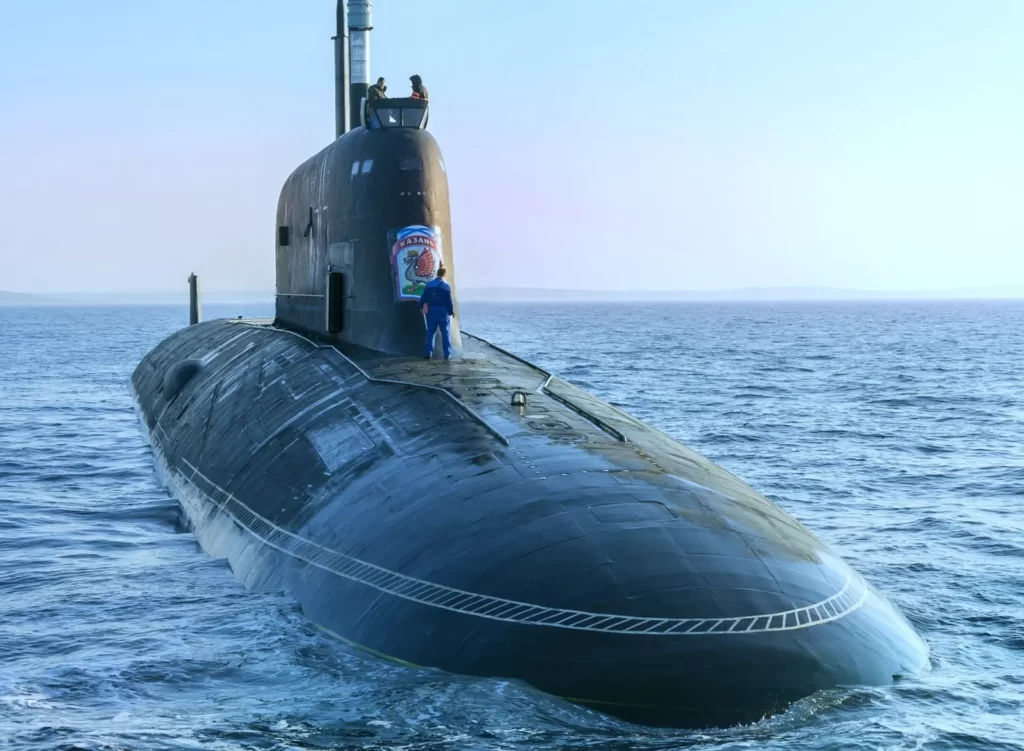As previously anticipated, a flotilla composed of ships and a Yasen-M nuclear-powered submarine from the Russian Navy is heading to Cuba as part of an official and scheduled visit. In this context, the arrival of these naval units in the region is already being observed and monitored by destroyers, among other ships, from the United States Navy (U.S Navy) and the Royal Canadian Navy in international waters east of the Florida Keys.

Last week, the Cuban Ministry of Foreign Affairs confirmed that the nuclear-powered submarine Kazan of the Yasen-M class, the heavy tug Nikolai Chiker, the Pashin Project 23130 replenishment tanker and the frigate of Project 22350 Admiral Gorshkov of the Russian Navy will arrive in the coming days to the Caribbean country as a sign of good relations and to carry out various exercises.
On the other side, the United States Navy sent in previous days the Arleigh Burke-class destroyers USS Truxtun (DDG-103) and USS Donald Cook (DDG-75), joined by the USCGC Stone (WMSL-758) of the Coast Guard and the Halifax-class frigate HMCS Ville de Québec of the Royal Canadian Navy. Other means identified by internet users show surveillance and maritime patrol aircraft P-8A Poseidon and the Canadian CP-140 Aurora.
This tracking and surveillance is part of the routine that naval and air forces worldwide carry out, but above all, it is also known that they are carried out to gather information on the capabilities of other naval forces’ assets. Following the same line, the presence of the submarine Kazan would also offer the United States naval forces the opportunity to practice procedures and train in intercepting communications and gaining knowledge of tactics and maneuvers of one of the most modern assets of the Russian Navy.
Additionally, the Ministry of Defense of Russia has already announced that the frigate Admiral Gorshkov and the submarine Kazan recently conducted simulated missile attacks against enemy naval targets while sailing through the Atlantic. Today’s statement also mentioned that the Admiral Gorshkov had conducted exercises to repel a simulated aerial attack using its main 130mm AK-192M gun and two Palash short-range weapon systems armed with 30mm cannons at the beginning of the journey through the Atlantic.
Last week, Russian President Vladimir Putin raised this as a possible response to Ukrainian attacks on Russian soil using weapons provided by their partners in the West, especially Germany. This, in turn, came after authorities from the United States, Germany, and several other countries publicly announced their approval for Ukraine to use ammunition they have provided to attack Russia itself. While not officially confirmed, certain sources indicate that Cuba would not be the only destination of the flotilla. In that sense, it is also expected to continue towards Venezuela.
You may also like: With more than 30 years of service, the U.S. Navy is preparing to decommission its last thirteen Ticonderoga-class missile cruisers














